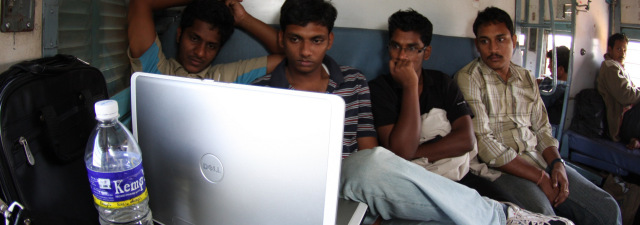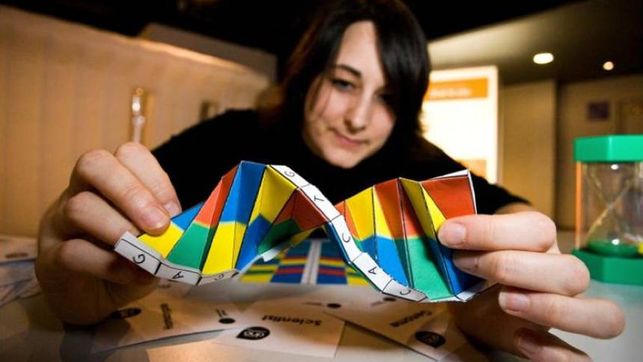According to Paul Irving, Chairman of the Center for the Future of Aging at the Milken Institute, Millennials are likely to experience longevity far outstripping that of previous generations. For millennials, 100 year life spans could become the norm! So even if I get married in my mid-thirties, I am expected to spend 70 years with one woman. I’m not sure I am ready for that…
But there’s an even more important fact I am worried about right now. While we can celebrate the fact that we as humans are living longer, there is also no doubt that disability and longevity are directly correlated.
One in five are disabled in the UK
Currently, there are around 11.9 million disabled people in the UK; this is roughly 19% of the population. The prevalence of disability rises with age: 16% of working age adults and 45% (almost half!) of those aged 65+ have at least one disability.
Simply put, our bodies have not evolved to last as long as many of us can expect to live. And eyesight is often one of the first factors to give up or deteriorate.
According to RNIB, there are 2 million people in the UK living with loss of sight, a figure which is bound to double by 2050. This is a direct result of the ageing population and diabetes related sight loss.
But don’t panic Millennial brethren!
In many cases, living with a disability doesn’t have to be that awful and miserable an experience if we have accessibility tools. Hearing aids, for example have been around for decades, and have almost completely obliterated the negative effects of living with hearing loss. However, the market for aids of low vision is a whole different story.
The low vision aid technology industry hasn’t seen real solutions for visually impaired people for over a decade; same old magnifiers and white canes. There is a huge under-served need and it is simply unacceptable to have millions of people living in misery and getting overcharged for technology that is over 10 years old is not offering a real solution.
Due to a lack of accessibility tools and solutions, visually impaired people across the world have limited opportunities in life and more often than not depend on family or state care. According to the RNIB report, the cost of sight loss in the UK alone is over £6 billion.
The good news is that the underlying technologies are there
The market however, needs someone to integrate the solutions and adapt them for the needs of visually impaired people.
At GiveVision we are looking for innovative applications of existing technologies to improve the lives of people living with sight loss.
In particular we are working on application of smart glasses together with a range of Computer vision, A.I. and sensor technology to build a “guide” for Blind and Visually impaired people. We are currently field-testing the software that can transform ordinary smart glasses from Google, Epson or Sony – into an accessibility tool, which could offer real independence and mobility for people living with sight impairment. Essentially, we are building software that can replace or significantly reduce the users need for carers, nurses or an assistants.
GiveVision will be part of Telefonica’s Test Labs at the prestigious Wired summit 2015









